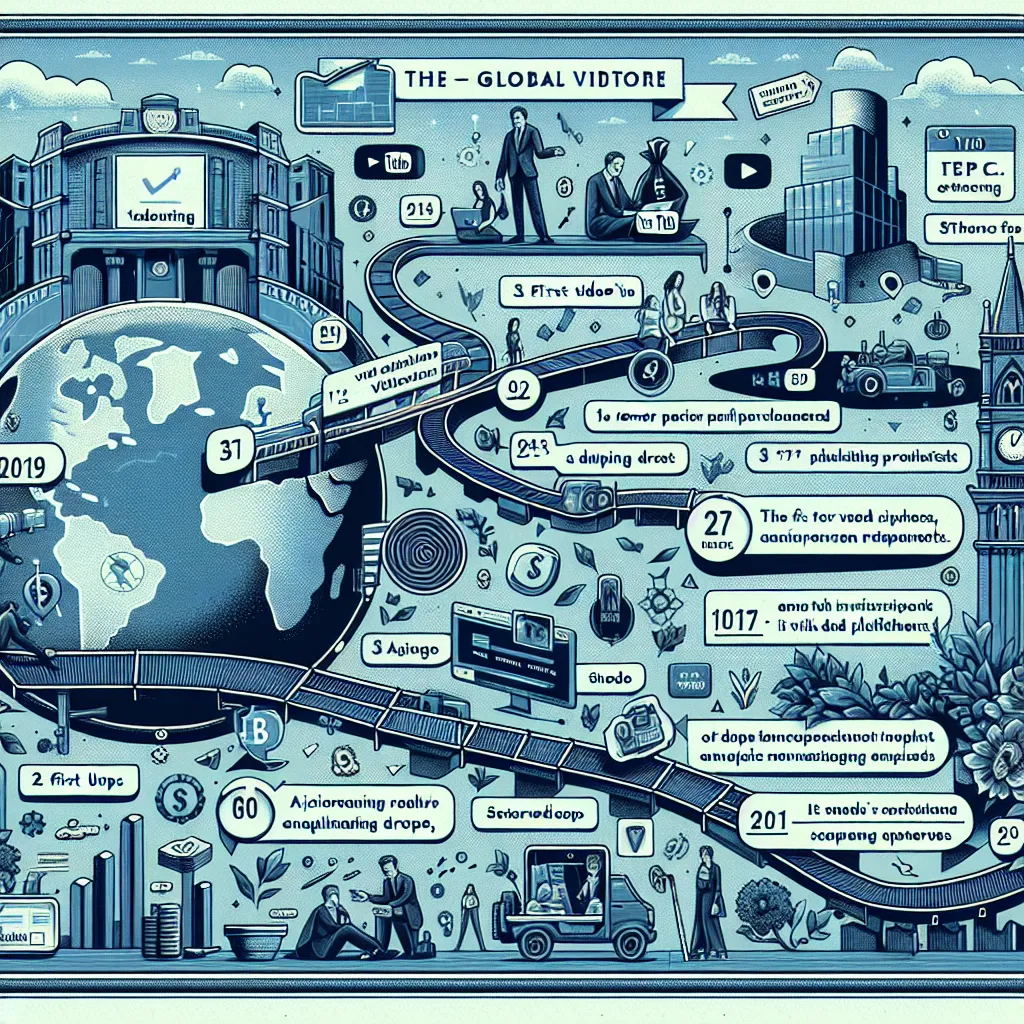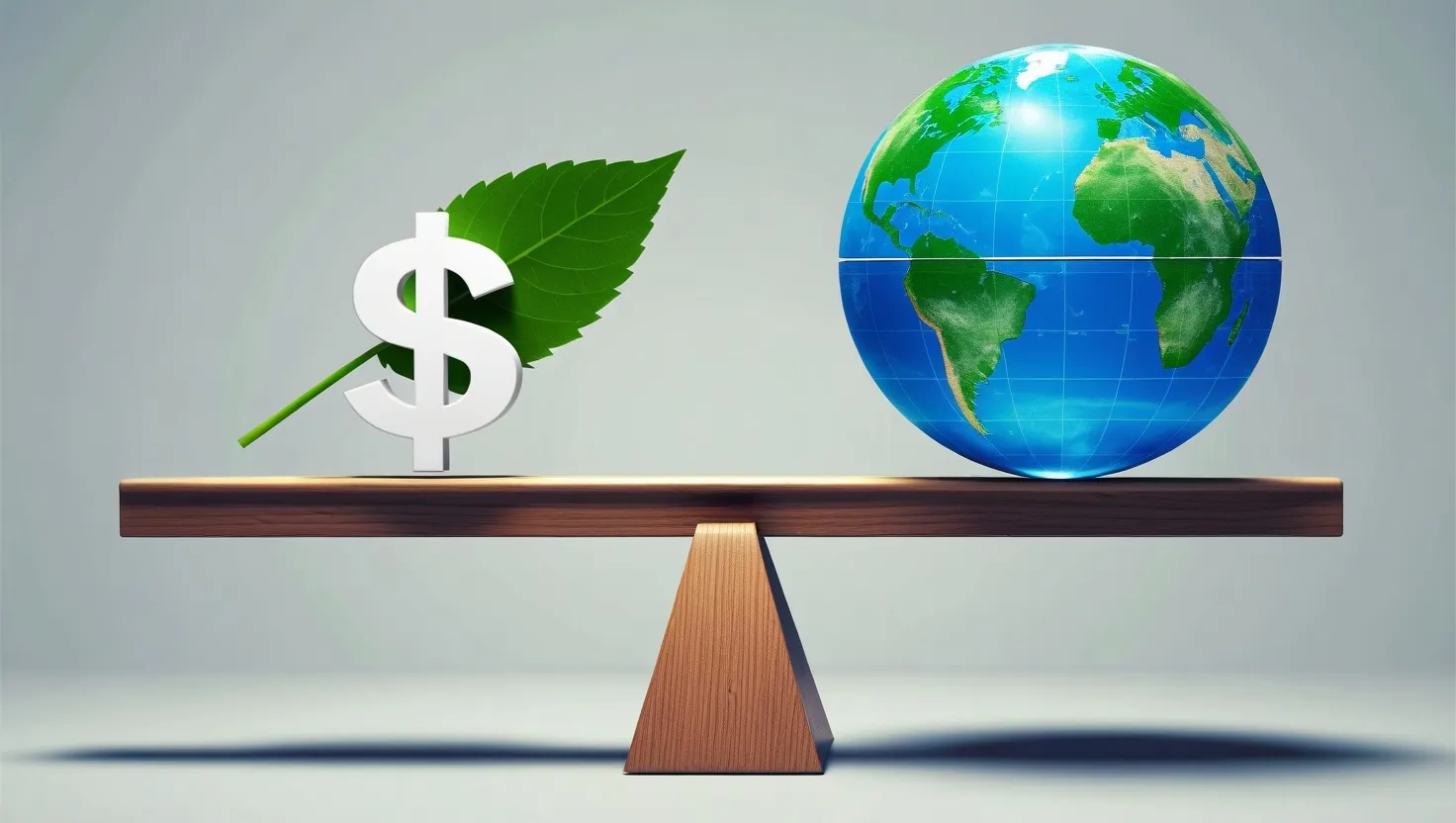In today’s world, video content seems to be the king. From news snippets to educational videos, and even hilarious clips of people getting clumsy, videos keep us hooked. At the heart of this video-centric universe is YouTube, the undeniable titan of online video sharing.
The story of YouTube starts with three former PayPal employees: Chad Hurley, Steve Chen, and Jawed Karim. After eBay bought PayPal for $1.5 billion in 2002, our trio of visionaries became quite affluent. They remained friends and often brainstormed business ideas together. The spark for YouTube, according to varying narratives, came either from their frustration with the difficulty of sharing large video files or from their inability to find footage of Janet Jackson’s infamous wardrobe malfunction at the Super Bowl.
Their initial concept for YouTube was far from the universally accessible video-sharing site it is today. Inspired by the likes of HotOrNot.com, they wanted to create a video dating platform. Soon, though, they realized that a broader video-sharing site had more potential. On Valentine’s Day 2005, the YouTube domain was registered, and in April, Karim uploaded the very first video: a simple clip of himself at the zoo.
YouTube’s simplicity played a crucial role in its early success. Unlike its competitors, uploading to YouTube was free and limitless, as long as the files weren’t excessively large. But offering a free service came at a cost—literally. YouTube was burning through cash at an alarming rate. Fortunately, the so-called PayPal mafia came to the rescue. Roelof Botha, a former CFO at PayPal, invested $3.5 million in the fledgling company in 2005. This funding was vital for YouTube to scale its services and grow its user base.
By the end of 2005, YouTube was the premier video platform, serving millions of videos a day. Despite its soaring popularity, server costs were eating into the company’s finances, leading to another hefty $8 million investment from Sequoia Capital six months later.
Licensing was another major hurdle for YouTube. However, as short clips and viral videos started making rounds, movie studios and record labels began to see potential benefits, easing some of the legal strains. By 2006, YouTube stood out as the clear winner in the video-sharing race. Google saw this success and, in a bold move, acquired YouTube for over $1.5 billion. The acquisition brought invaluable synergies: Google’s legal team settled many of YouTube’s issues, and Google’s vast infrastructure dramatically reduced YouTube’s hosting costs.
The integration with Google also brought about AdSense, which paired perfectly with YouTube to finally enable monetization. Despite its ad revenue, YouTube has often operated at a loss, as hosting billions of videos isn’t cheap. Yet, YouTube’s true value lies in the data it collects—what users watch, like, and comment on—making it an invaluable asset for Google.
To combat its financial challenges and reach new heights, YouTube has diversified. From original content investments to the launch of YouTube Red, it’s clear the company aims to outgrow its initial role and perhaps even replace traditional television. These efforts, however, have met with mixed success, especially as many users are reluctant to pay for previously free services.
The platform has faced challenges, such as the Adpocalypse, where concerns about ad placements next to inappropriate content led major advertisers to pull out. YouTube responded by tightening controls over ad placements and beefing up its content monitoring systems. This move appeased advertisers but left many creators struggling with demonetization issues, highlighting YouTube’s reliance on advertising revenue.
For creators, relying on AdSense alone is precarious. Many turn to other revenue streams such as Patreon and sponsorships to sustain their operations. This diversified income model allows content creators to continue producing videos without depending solely on YouTube’s fluctuating ad revenue.
In essence, YouTube’s journey from a simple video-sharing idea to a global powerhouse is a tale of strategic pivots, smart partnerships, and continuous adaptation. While it faces challenges, its central role in the digital landscape appears unshakeable.






